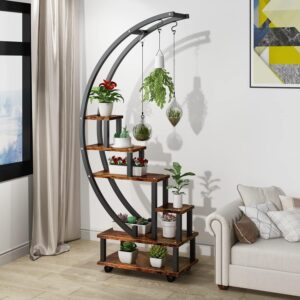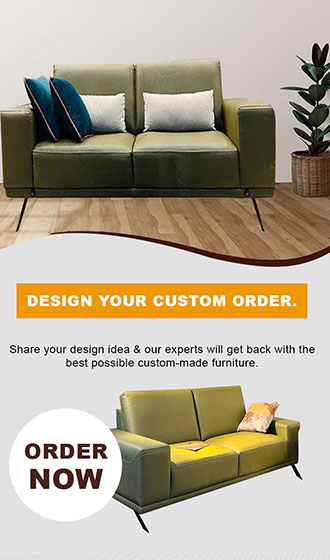The Ultimate Guide to DIY Home Improvement Projects on a Budget Leave a comment
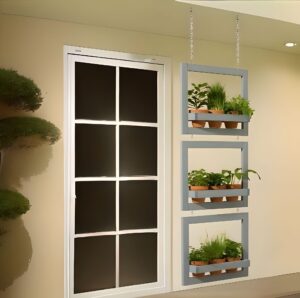
1. Planning and Budgeting for DIY Projects
Before diving into any DIY project, it’s crucial to plan and set a budget. This step helps you stay organized and avoid unexpected expenses.
Steps:
- Assess Your Needs: Determine which areas of your home need improvement and prioritize projects based on necessity and budget.
- Set a Budget: Decide how much you’re willing to spend on each project. Consider the cost of materials, tools, and any additional expenses.
- Create a Timeline: Establish a timeline for completing each project. This helps you manage your time effectively and stay on track.
Tips:
- Look for sales, discounts, and coupons when purchasing materials.
- Consider using reclaimed or second-hand materials to save money.
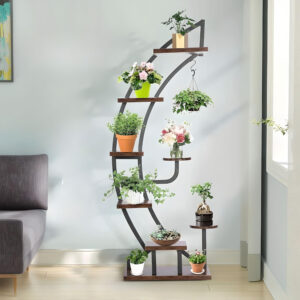
2. Painting and Refreshing Walls
A fresh coat of paint can dramatically transform a room’s appearance. It’s one of the most cost-effective ways to update your home’s interior.
Steps:
- Choose Your Colors: Select colors that complement your home’s decor and create the desired atmosphere.
- Prepare the Walls: Clean the walls, fill any holes or cracks, and apply a primer if needed.
- Paint: Use quality paint and brushes or rollers for an even finish. Consider accent walls or decorative patterns for added flair.
Tips:
- Paint during dry, mild weather to ensure quicker drying times and better results.
- Use painter’s tape to create clean lines and protect trim and fixtures.
3. Upcycling and Repurposing Furniture
Upcycling and repurposing old furniture is a fantastic way to refresh your home without spending a lot of money. This approach is not only budget-friendly but also eco-friendly.
Steps:
- Assess Your Furniture: Identify pieces that can be upcycled or repurposed. Look for items with solid structure and potential for transformation.
- Choose a New Purpose: Decide how you want to update or repurpose the furniture. This could involve painting, reupholstering, or altering its function.
- Get Creative: Use paint, fabric, hardware, and other materials to give your furniture a new look.
Tips:
- Sand and prime furniture before painting for better adhesion and durability.
- Consider converting old furniture into new pieces, like turning a dresser into a bathroom vanity or creating a planter stand indoor from a wooden chair.
4. Installing DIY Shelving and Storage Solutions
Adding shelving and storage is a practical way to enhance your home’s organization and functionality. DIY shelving projects can be done on a budget and tailored to your space.
Steps:
- Measure Your Space: Determine where you need additional storage and measure the available space.
- Select Materials: Choose materials that fit your budget and style. Options include wood, metal, or even repurposed items like crates or pallets.
- Build and Install: Follow DIY guides or tutorials to build your shelving. Ensure shelves are securely anchored to the walls.
Tips:
- Consider floating shelves for a modern, minimalistic look.
- Use shelving to display decorative items or organize cluttered areas. A planter stand for living room can serve as a stylish way to display plants and decor.

5. Updating Fixtures and Hardware
Replacing outdated fixtures and hardware can instantly modernize your home. This includes doorknobs, cabinet handles, light fixtures, and faucets.
Steps:
- Identify Key Areas: Decide which fixtures and hardware need updating. Focus on areas with the most visual impact, like the kitchen or bathroom.
- Choose New Fixtures: Select modern, stylish options that match your home’s decor.
- DIY Installation: Many fixtures and hardware pieces are easy to install yourself. Follow manufacturer instructions and use the appropriate tools.
Tips:
- Mix and match metal finishes for a trendy, eclectic look.
- Update light switch covers and outlet plates for a cohesive design.

6. Landscaping and Curb Appeal
Improving your home’s exterior is as important as updating the interior. Landscaping and curb appeal projects can be done on a budget and significantly enhance your home’s overall appearance.
Steps:
- Plan Your Landscaping: Decide on the type of plants, flowers, and features you want. Consider low-maintenance and native plants to save on water and upkeep.
- DIY Projects: Create flower beds, install a garden path, or add outdoor lighting. Use materials like gravel, mulch, and pavers for affordable landscaping.
- Enhance Curb Appeal: Paint your front door, update house numbers, or add a welcoming doormat.
Tips:
- Utilize planter stands outdoor for a polished look. A planter stand for balcony can maximize space while adding greenery.
- Repurpose old items, such as using an old ladder as a planter stand metal, to create unique garden decor.
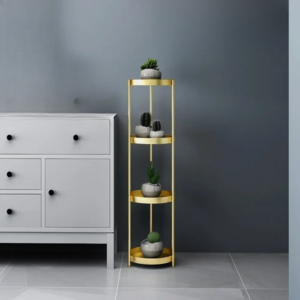
7. Creating DIY Decor and Accents
Adding personal touches through DIY decor and accents can make your home feel more welcoming and unique. These projects are often inexpensive and can be customized to suit your style.
Steps:
- Identify Decor Needs: Determine areas where you want to add decorative accents, such as walls, shelves, or tables.
- Choose Projects: Consider projects like making your own artwork, creating a gallery wall, or crafting decorative pillows.
- Get Crafty: Use materials like fabric, paint, wood, and metal to create unique decor pieces.
Tips:
- Use stencils or vinyl decals for easy wall art.
- Make use of natural elements like stones, shells, or dried flowers for DIY projects.
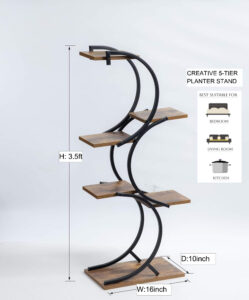
Conclusion
Embarking on DIY home improvement projects doesn’t have to be expensive. With careful planning, creativity, and a willingness to learn, you can transform your home on a budget. From painting and upcycling furniture to updating fixtures and enhancing curb appeal, there are countless ways to refresh your living space without overspending. Incorporating items like planter stands wooden or searching for a planter stand near me can add functionality and style to your home. By embracing these budget-friendly DIY ideas, you can create a beautiful, functional, and personalized home that reflects your style and creativity. Start your DIY journey today and discover the satisfaction of making your home improvements a reality.
